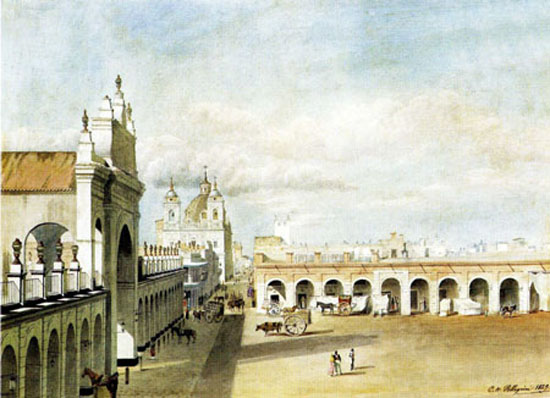Argentina’s Cultural Landscape

The cultural production in Argentina during the 19th century was a dynamic and transformative period, marked by significant political and social changes. This century witnessed the country’s struggle for independence from Spanish rule, the formation of a new nation, and the construction of a unique cultural identity that blended indigenous, European, and African influences. The cultural landscape of 19th-century Argentina was shaped by literature, visual arts, music, and theater, reflecting the diverse backgrounds of its people.
Literature played a pivotal role in defining Argentina’s cultural identity during this period. Writers such as Esteban Echeverría and Domingo Faustino Sarmiento contributed to the development of national literature by exploring themes of identity, nationhood, and social justice. Female writers also made significant contributions, with the poet Juana Manuela Gorriti being a notable figure. Gorriti’s work not only showcased her literary talent but also challenged traditional gender roles, providing a unique perspective on society.
Visual arts flourished as well, with artists like Prilidiano Pueyrredón and Eduardo Sívori capturing the essence of Argentine landscapes and people. While male artists dominated the scene, female painters like María Josefa Ezcurra and Cándida Beltrán de Zubizarreta broke through societal norms, creating art that challenged conventional gender expectations.
Music and dance became integral components of Argentina’s cultural fabric during the 19th century. The indigenous influence on traditional folk music, combined with the European flair brought by immigrants, gave rise to genres such as the milonga and tango. Women played a crucial role in popularizing these forms of expression, with figures like “La Madama” (Isidora Aguirre) contributing to the development and dissemination of folk dances.
Theater also experienced significant growth, with the emergence of playwrights such as Florencio Sánchez and the actress Lola Membrives. While women were initially restricted to specific roles, actresses like Clara Campoamor challenged conventions by portraying complex characters and advocating for women’s rights both on and off the stage.
The 19th-century cultural production in Argentina reflects a period of exploration, experimentation, and nation-building. While women faced societal constraints, many found ways to contribute to and shape the cultural narrative, leaving a lasting impact on Argentina’s rich artistic heritage. Their contributions, often overlooked, were nonetheless instrumental in fostering a more inclusive and diverse cultural landscape for future generations.